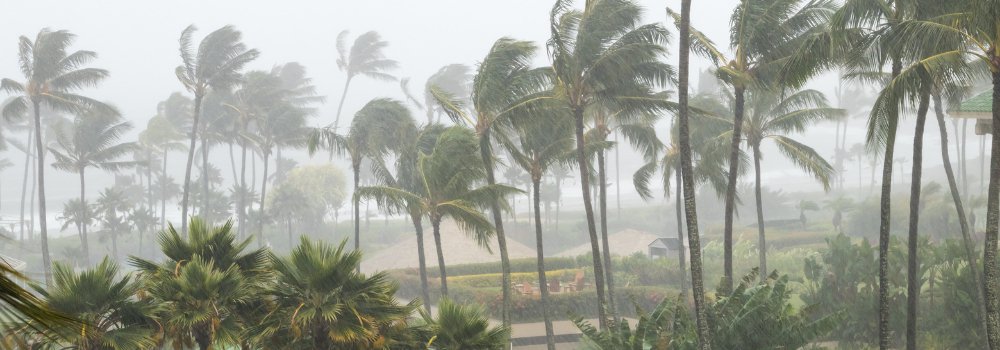This one is for all the weather nerds and history buffs out there. The United States has witnessed its fair share of extreme weather, but certain events have literally broken the rain gauge.
When the Heavens Opened: Record-Breaking Rainfalls
The Great Flood of 1927: Months of heavy rains across the central U.S. culminated in the most destructive river flood in American history. The Mississippi River swelled, inundating millions of acres, displacing hundreds of thousands of people, and reshaping flood management policies forever. It wasn't just the volume of rain but the sheer persistence that made this event historical.
Hurricane Harvey, 2017: In more recent times, Hurricane Harvey dropped a staggering 60.58 inches of rain in Nederland, Texas, setting the record for the most rainfall from a single storm in the continental U.S. Harvey was a grim reminder of the power of stalled weather systems and the escalating impact of climate change on hurricane behavior.
Making History: Other Notable Rainfall Records
Throughout U.S. history, several rainfall records stand out not just for their meteorological significance but for their stories of human resilience and adaptation.
World Record in Hawaii: Did you know that the highest annual average rainfall recorded in the U.S. (and the world) is in Big Bog, Maui, Hawaii? This spot receives about 404 inches of rain per year. It's a testament to the diverse climate zones found within the U.S., from the arid deserts of the Southwest to the tropical paradises of Hawaii.
The 24-Hour Deluge: The record for the most rainfall in the U.S. in 24 hours belongs to Alvin, Texas, where a staggering 43 inches fell on July 25-26, 1979, thanks to Tropical Storm Claudette. It's a record that tells the story of the unexpected and often localized nature of extreme weather events.
The Role of the Rain Gauge in Understanding Our Climate
Through all these historical events, the rain gauge has played a pivotal role in helping us understand and respond to extreme weather. By providing accurate measurements of precipitation, rain gauges help meteorologists track and predict weather patterns, study climate change, and prepare for future events.
Moreover, the data collected from rain gauges across the country contribute to global databases, helping scientists understand long-term climate trends and their impacts on different regions. This information is crucial for developing strategies to mitigate the effects of climate change and protect vulnerable communities from extreme weather events.
Looking to the Future
As we continue to face the challenges of a changing climate, the importance of rainfall measurement and the humble rain gauge cannot be overstated. These tools not only help us record history but also prepare us for the future, enabling us to build more resilient communities and adapt to whatever the skies throw our way.
So, the next time you hear the pitter-patter of raindrops, take a moment to appreciate the complex interplay of history, science, and technology that allows us to understand and live with the whims of the weather. And remember, every drop of rain not only tells a story of the past but also helps us write the story of our future.
